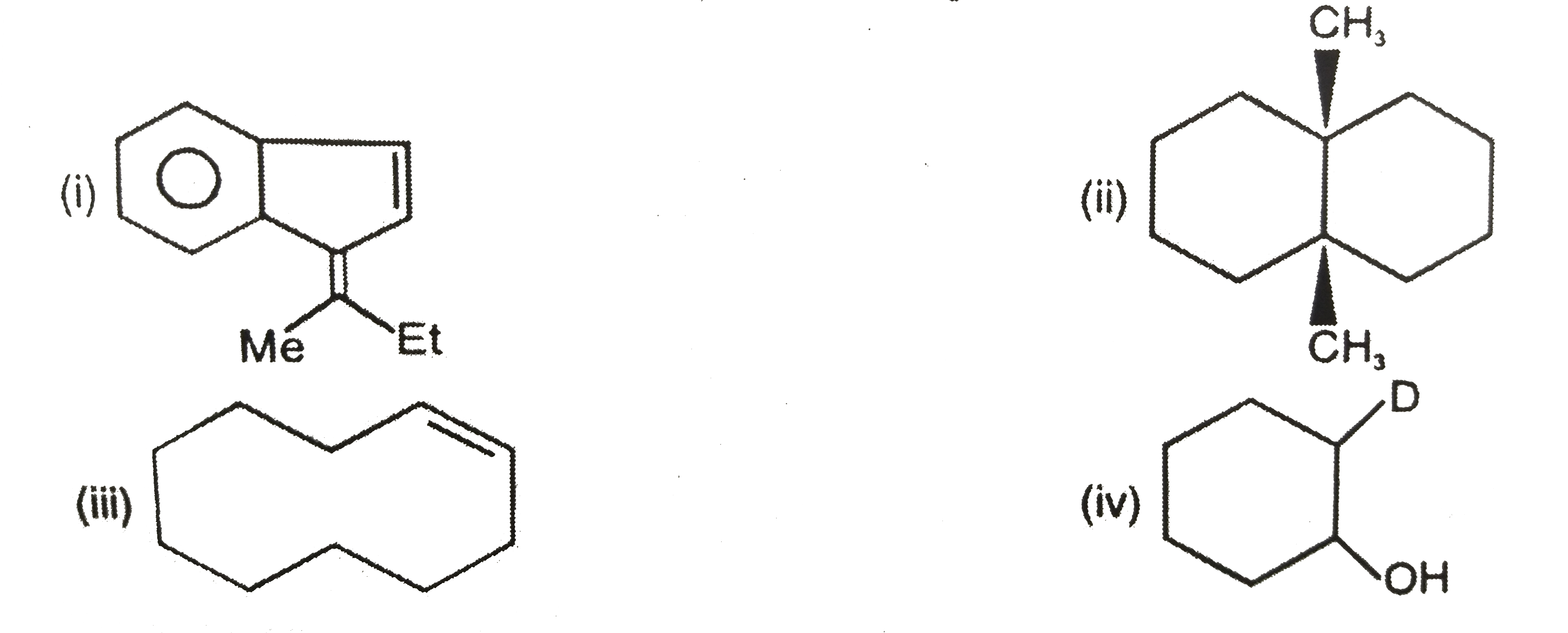From the given organisms , how many can show vegetative propagule formation ?
Ginger, Potato, Chlamydomonas, Water hyacinth, Agave
To determine how many of the given organisms can show vegetative propagule formation, we will analyze each organism one by one.
1. Ginger:
- Ginger reproduces vegetatively through rhizomes, which are underground modifications of the stem. These rhizomes serve as vegetative propagules from which new plants can arise.
- Conclusion: Ginger can show vegetative propagule formation.
2. Potato:
- Potatoes reproduce vegetatively through tubers, which are also underground modifications of the stem. The "eyes" of the potato tuber are the vegetative propagules that can give rise to new plants.
- Conclusion: Potato can show vegetative propagule formation.
3. Chlamydomonas:
- Chlamydomonas reproduces asexually, but not through vegetative propagules. Instead, it forms zoospores, which are not considered vegetative propagules.
- Conclusion: Chlamydomonas does not show vegetative propagule formation.
4. Water Hyacinth:
- Water hyacinth reproduces vegetatively through offsets, which are small daughter plants that develop from the parent plant. These offsets are considered vegetative propagules.
- Conclusion: Water hyacinth can show vegetative propagule formation.
5. Agave:
- Agave reproduces vegetatively through bulbils, which are small bulb-like structures that form in the axils of leaves and stems. When these bulbils fall to the ground, they can grow into new plants.
- Conclusion: Agave can show vegetative propagule formation.
Final Count:
- From the analysis, we find that four organisms (Ginger, Potato, Water Hyacinth, and Agave) can show vegetative propagule formation, while Chlamydomonas cannot.
Answer:
Four organisms can show vegetative propagule formation.
---
- Ginger reproduces vegetatively through rhizomes, which are underground modifications of the stem. These rhizomes serve as vegetative propagules from which new plants can arise.
- Conclusion: Ginger can show vegetative propagule formation.
- Potatoes reproduce vegetatively through tubers, which are also underground modifications of the stem. The "eyes" of the potato tuber are the vegetative propagules that can give rise to new plants.
- Conclusion: Potato can show vegetative propagule formation.
- Chlamydomonas reproduces asexually, but not through vegetative propagules. Instead, it forms zoospores, which are not considered vegetative propagules.
- Conclusion: Chlamydomonas does not show vegetative propagule formation.
- Water hyacinth reproduces vegetatively through offsets, which are small daughter plants that develop from the parent plant. These offsets are considered vegetative propagules.
- Conclusion: Water hyacinth can show vegetative propagule formation.
- Agave reproduces vegetatively through bulbils, which are small bulb-like structures that form in the axils of leaves and stems. When these bulbils fall to the ground, they can grow into new plants.
- Conclusion: Agave can show vegetative propagule formation.
- From the analysis, we find that four organisms (Ginger, Potato, Water Hyacinth, and Agave) can show vegetative propagule formation, while Chlamydomonas cannot.
Four organisms can show vegetative propagule formation.
Topper's Solved these Questions
- REPRODUCTION IN ORGANISMS BOOK - AAKASH INSTITUTE ENGLISHCHAPTER - REPRODUCTION IN ORGANISMS EXERCISE - EXERCISE
20 Videos
- REPRODUCTION IN ORGANISMS BOOK - AAKASH INSTITUTE ENGLISHCHAPTER - REPRODUCTION IN ORGANISMS EXERCISE - ASSIGNMENT SECTION-A OBJECTIVE TYPE QUESTIONS
35 Videos
- REPRODUCTION IN ORGANISMS BOOK - AAKASH INSTITUTE ENGLISHCHAPTER - REPRODUCTION IN ORGANISMS EXERCISE - EXAMPLE 17
1 Videos
- PRINCIPLES OF INHERITANCE AND VARIATIONBOOK - AAKASH INSTITUTE ENGLISHCHAPTER - PRINCIPLES OF INHERITANCE AND VARIATIONEXERCISE - Assignment (SECTION-D) Assertion-Reason Type Questions
20 Videos
- REPRODUCTIVE HEALTH BOOK - AAKASH INSTITUTE ENGLISHCHAPTER - REPRODUCTIVE HEALTH EXERCISE - Sectoin -D Assertion - Reason Type Questions
22 Videos
Similar Questions
In given compounds how many can show geometrical isomerism : ,

View SolutionFrom the given organisms chosse those which do not show senescence.

View SolutionMatch the organisms given in column I with the vegetative propagules given in column II.

View SolutionGiven organisms belongs to how many genera?
Wheat, Brinjal, Potato, Lion, Dog, Tiger
View SolutionFrom the given below processes how many are associated with post-fertilisation event ?
View SolutionFind out correct order of vegetative propagules of plants like potato, ginger Agave, Bryophyllum and water hyacinth.
View SolutionFind out correct order of vegetative propagules of plants like potato, ginger Agave, Bryophyllum and water hyacinth.
View SolutionHow many n-octene can show geometrical isomerism?
View SolutionFrom the given list how many are not associated with asexual reproduction?
Sugarcane, ginger, maize, barley, tobacco, pea, sunflower, potato, Bryophyllum
View SolutionIn vegetative propagule of potato and Bryophyllum new plants arise from respectively
View Solution
